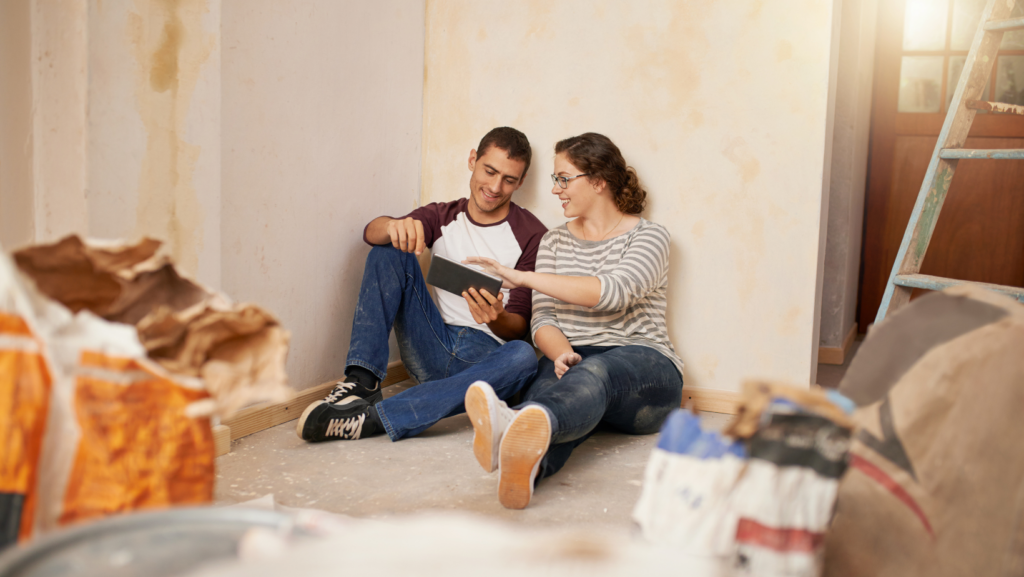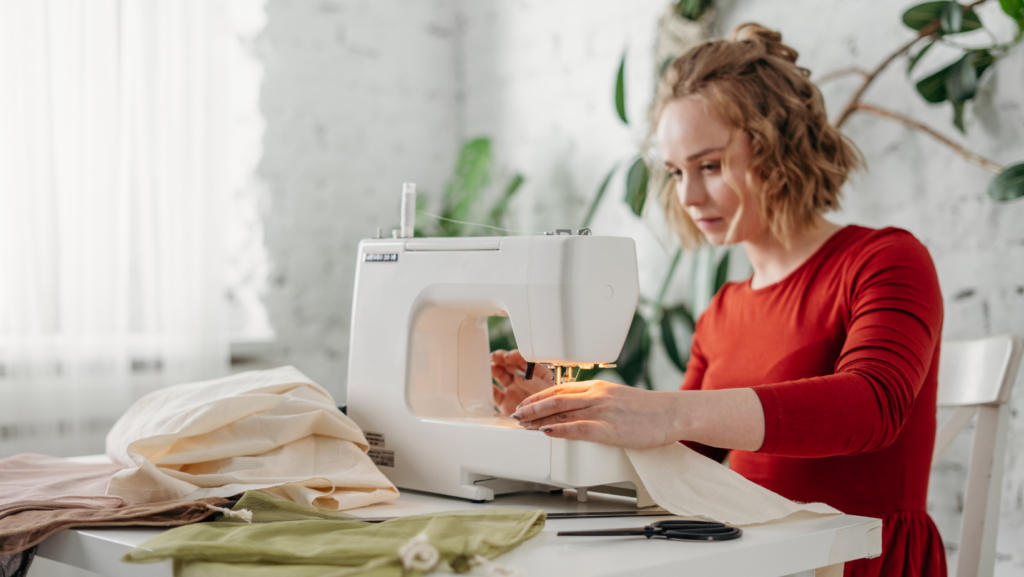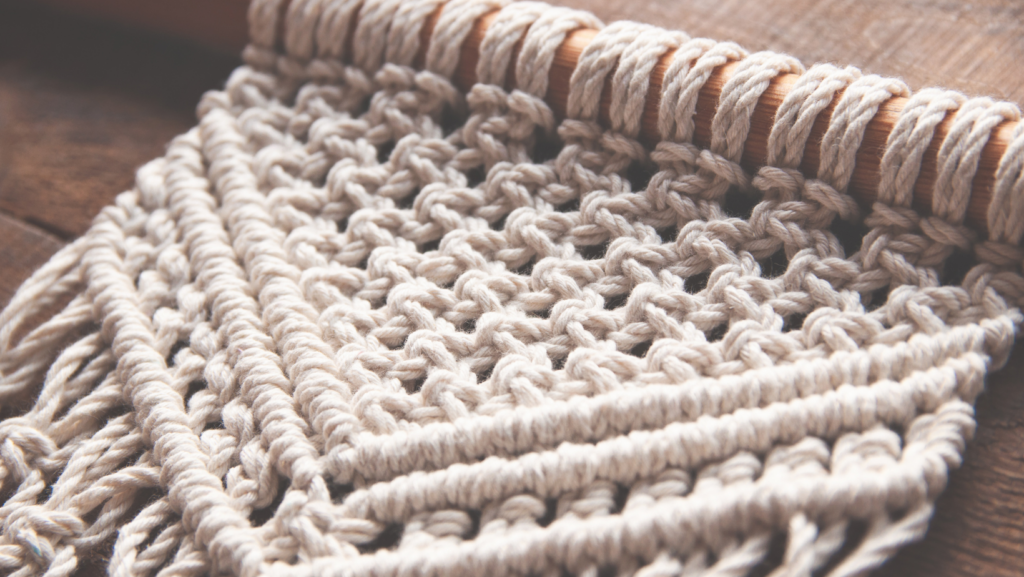Unleashing your inner handyman? You’re not alone. DIY house projects have surged in popularity, becoming a go-to solution for homeowners looking to refresh, remodel, or revamp their living spaces. It’s an exciting world where creativity meets practicality, and we’re about to dive right in.
DIY House Projects
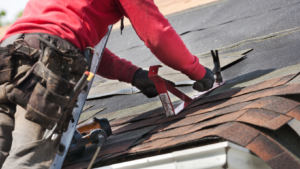 Diving deeper into the realm of DIY house projects, this segment delves into the diverse benefits they bestow, along with a look at the common types. This dialogue continues from our prior discussion, detailing both the aesthetic and practicality intriguing homeowners.
Diving deeper into the realm of DIY house projects, this segment delves into the diverse benefits they bestow, along with a look at the common types. This dialogue continues from our prior discussion, detailing both the aesthetic and practicality intriguing homeowners.
Crafting a well-designed DIY house project strategy involves two essential components: establishing a feasible budget and finding compelling inspiration.
Budgeting for Your DIY Project
A feasible budget forms the foundation of a successful DIY house project. Assess the necessary resources for the project first, such as materials, tools, and equipment. It’s vital to factor in contingencies, reserve funds for unexpected costs that may emerge, like replacing damaged materials. For precise cost estimation, refer to reliable sources such as DIY forums or home improvement websites.
Finding Inspiration and Ideas
Garnering inspiration and ideas for the DIY project is the next step after budgeting. Homeowners can explore home improvement magazines, websites, or social media platforms like Instagram and Pinterest. It’s essential to keep personal preferences and existing home decor in mind while gathering ideas. Start with a broader vision and gradually narrow it down based on the budget constraints and personal tastes.
Choosing the Right Tools for DIY House Projects
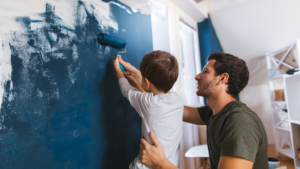 Selection of adequate tools forms the heart of any DIY house project. Here are some steps to ensure successful tool selection:
Selection of adequate tools forms the heart of any DIY house project. Here are some steps to ensure successful tool selection:
- Identify required tools: List all the tools necessary for the project, for instance – a hammer for a nail-in-wall task.
- Understand tool varieties: Study about different versions available for each tool, which potentially could offer better performance or comfort; for example, cordless screwdrivers provide greater mobility than their corded counterparts.
- Verify the tool quality: Reputable brand tools typically assure better durability and performance, so it might be beneficial to invest in such tools.
- Assess tool uses: Analyze how often you expect to use a tool; if very rarely, it could be more cost-effective to rent it than purchase.
DIY House Projects’ Impact on House Value
Exploring the realm of do-it-yourself (DIY) projects involves more than just harnessing creativity, learning new skills, and finding satisfaction in personal effort. It opens the door to another compelling advantage – enhancing house value.
Impression of Well-Maintained Property
One immediate impact of regular DIY house projects on house value is the impression of a well-maintained property. Prospective buyers, appraisers, or realty agents notice the condition of both the exterior and interior of a house. Standard maintenance tasks, such as painting the walls, fixing leaky faucets, or patching up drywall, not only improve the livability of a house but also create a favourable impression. For instance, peeling wall paint may be purely cosmetic but can be negatively perceived, impacting a property’s valuation. Regular maintenance communicates that a house has been taken care of, positively influencing perceived property value.
Functional Improvements and Modernization
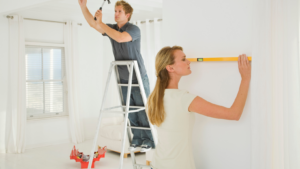 Homeowners often tackle DIY projects, big or small, aimed at adding functional improvements. Kitchen and bathroom upgrades, building additional storage, landscaping improvements, or even an energy-efficient retrofit can significantly contribute to a house’s resale value. A remodeled kitchen, for instance, can provide a return on investment (ROI) of 60-120%, dependent upon the extent of modernization and the overall house market (Source: Remodeling Magazine). Investments in energy efficiency, such as installing solar panels or optimizing insulation, particularly, appeal to an increasingly environmentally conscious market.
Homeowners often tackle DIY projects, big or small, aimed at adding functional improvements. Kitchen and bathroom upgrades, building additional storage, landscaping improvements, or even an energy-efficient retrofit can significantly contribute to a house’s resale value. A remodeled kitchen, for instance, can provide a return on investment (ROI) of 60-120%, dependent upon the extent of modernization and the overall house market (Source: Remodeling Magazine). Investments in energy efficiency, such as installing solar panels or optimizing insulation, particularly, appeal to an increasingly environmentally conscious market.
Expanded Living Spaces
DIY projects that expand living spaces can also materially enhance property value. This includes finished basements, converted attics, or even well-executed outdoor spaces like decks and patios. Adding square footage to a house, wherever it’s feasible, almost always adds value, underlining the significance of space-maximizing DIY projects in boosting house value.

